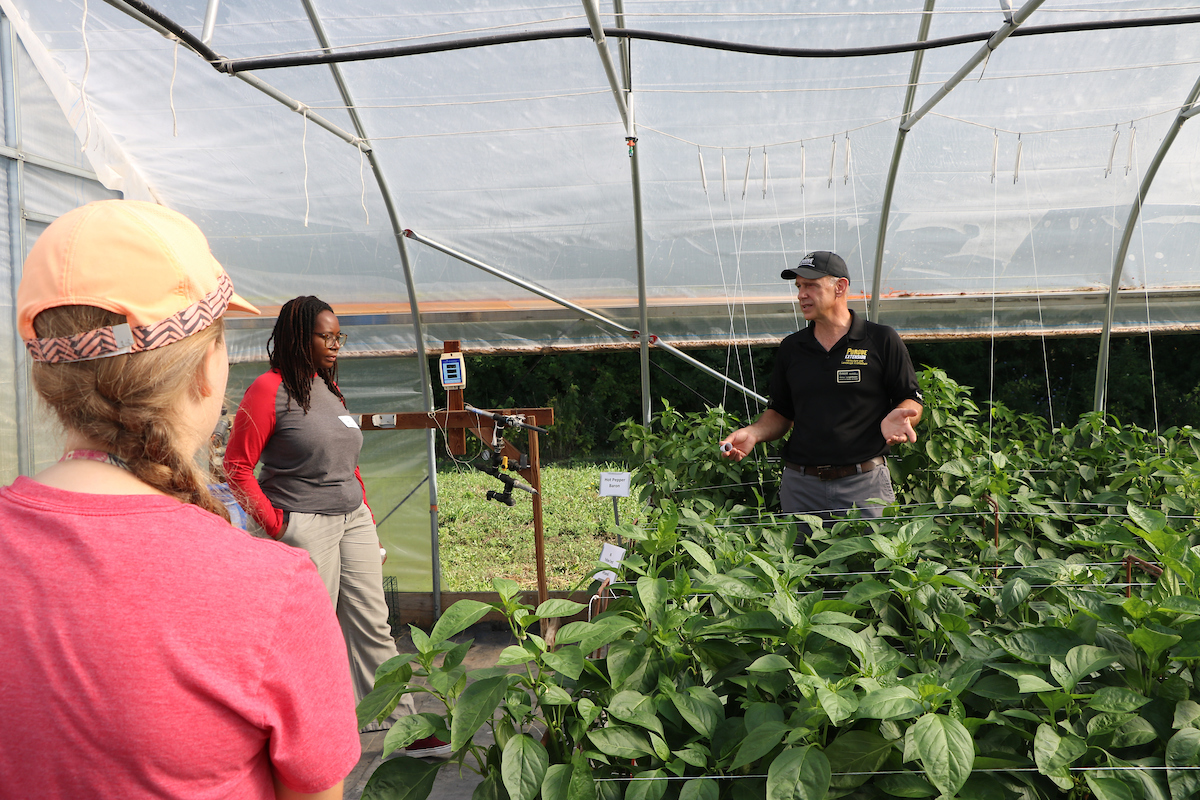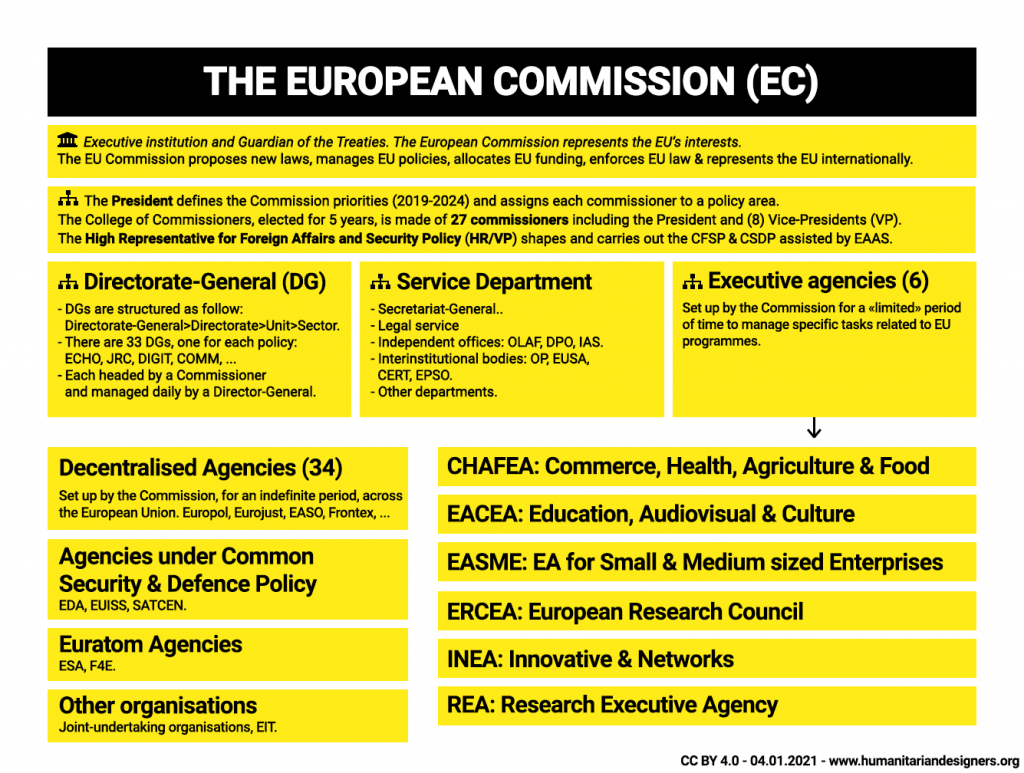Report on Food Price Inflation in Japan and its Implications for Sustainable Development Goals (SDGs)
Executive Summary
A recent survey by Teikoku Databank reveals a sustained and significant trend of food and beverage price increases across Japan. This inflationary pressure poses considerable challenges to the nation’s progress on several key Sustainable Development Goals (SDGs), particularly those concerning poverty, hunger, health, and inequality. The rising cost of essential goods threatens to undermine food security and exacerbate economic disparities among the population.
Key Findings from the Teikoku Databank Survey
- August Price Increases: A total of 195 major Japanese food and beverage manufacturers will raise the prices of 1,010 items in August.
- Sustained Trend: The number of items with price hikes marks a 1.5-fold increase from the previous year and represents the eighth consecutive month of rising prices.
- Impacted Sectors: The price increases are especially pronounced in the dairy sector.
- Megmilk Snow Brand: Will increase suggested retail prices on 59 products, including flagship milk items, by 2.7% to 7.4%.
- Morinaga Milk Industry: Will implement price increases on 53 items, including packaged milk and yogurt products.
- Annual Projections: The cumulative total for the year has already reached 19,416 items. Teikoku Databank officials project the annual number of price increases will exceed 20,000 for the first time in two years.
- Future Outlook: More than 3,000 additional food and beverage products are expected to see price increases in October 2024.
Analysis of Impacts on Sustainable Development Goals (SDGs)
The ongoing food price inflation directly intersects with and potentially impedes progress on several critical SDGs:
- SDG 2: Zero Hunger: Rising costs for staple food items like milk and yogurt directly threaten food security. Increased prices may force households, especially those with lower incomes, to reduce their consumption of essential nutrients, undermining the goal of ensuring universal access to safe, nutritious, and sufficient food.
- SDG 1: No Poverty & SDG 10: Reduced Inequalities: Food price inflation disproportionately affects low-income households, eroding their purchasing power and increasing financial hardship. This trend can push vulnerable families closer to the poverty line and widen the inequality gap, as basic necessities consume a larger portion of their disposable income.
- SDG 3: Good Health and Well-being: The affordability of nutritious foods is fundamental to public health. Price hikes on dairy products, which are key sources of protein and calcium, can lead to poorer nutritional outcomes. This particularly affects the health and development of children and the well-being of the elderly, compromising progress towards ensuring healthy lives for all.
- SDG 12: Responsible Consumption and Production: While the report details consumer-facing price hikes, these increases often reflect systemic pressures within the production and supply chain. These challenges may relate to resource management, energy costs, and global supply disruptions, highlighting an urgent need to foster more resilient, efficient, and sustainable food systems to ensure long-term stability and affordability.
1. Which SDGs are addressed or connected to the issues highlighted in the article?
-
SDG 2: Zero Hunger
This goal aims to end hunger, achieve food security, improve nutrition, and promote sustainable agriculture. The article’s focus on rising prices for essential food items like milk and yogurt directly relates to food security and access. When basic food products become more expensive, it can threaten the ability of individuals and families, especially those with lower incomes, to afford a sufficient and nutritious diet.
-
SDG 1: No Poverty
This goal aims to end poverty in all its forms everywhere. An increase in the price of essential goods like food directly impacts the cost of living. As the article states that prices for thousands of items have been raised, this contributes to inflation, erodes the purchasing power of households, and can push vulnerable populations closer to or deeper into poverty.
2. What specific targets under those SDGs can be identified based on the article’s content?
SDG 2: Zero Hunger
-
Target 2.1: By 2030, end hunger and ensure access by all people, in particular the poor and people in vulnerable situations, including infants, to safe, nutritious and sufficient food all year round.
The article highlights price increases for staple dairy products like “Oishii Gyunyu packaged milk” and “Bifidus Yogurt series.” These are nutritious food items. A significant price hike, as mentioned, can make them less accessible, particularly for the poor and vulnerable, thereby challenging the objective of ensuring access to sufficient and nutritious food.
-
Target 2.c: Adopt measures to ensure the proper functioning of food commodity markets and their derivatives and facilitate timely access to market information, including on food reserves, in order to help limit extreme food price volatility.
The article describes a sustained trend of price increases, noting it is the “eighth consecutive months of increase” and that the monthly total of affected products has risen “1.5-fold from a year earlier.” This points to significant food price volatility and market instability, which this target aims to limit.
SDG 1: No Poverty
-
Target 1.2: By 2030, reduce at least by half the proportion of men, women and children of all ages living in poverty in all its dimensions according to national definitions.
The widespread nature of the price hikes, affecting “19,416 food and beverage items…so far this year” with an expectation to “exceed 20,000,” directly increases the cost of living. This can reduce the disposable income of households, making it harder for them to afford basic necessities and potentially increasing the proportion of people living in poverty according to national standards.
3. Are there any indicators mentioned or implied in the article that can be used to measure progress towards the identified targets?
Indicators for SDG 2 (Zero Hunger)
-
Food Price Volatility Metrics (Directly Mentioned for Target 2.c)
The article provides concrete data that can serve as indicators of food price changes. These include:
- The number of items with price increases: “1,010 items in August,” “19,416 food and beverage items have seen price hikes so far this year.”
- The magnitude of price increases: “by between 2.7% and 7.4%” for specific dairy products.
- The duration and trend of increases: “eight consecutive months of increase.”
These figures directly measure the price volatility that Target 2.c seeks to limit.
-
Food Affordability (Implied for Target 2.1)
While not a formal indicator, the article’s entire premise implies a decrease in food affordability. The rising prices of staple foods like milk and yogurt directly impact a household’s ability to purchase them, serving as an indirect measure of access to nutritious food for all.
Indicators for SDG 1 (No Poverty)
-
Impact on Cost of Living (Implied for Target 1.2)
The article’s data on widespread food price inflation is a key component of the Consumer Price Index (CPI), a primary measure of the cost of living. The report that “more than 3,000 food products and beverages are expected to see higher prices in October” implies a continued increase in the cost of living, which is a critical factor in determining national poverty levels.
4. Table of SDGs, Targets, and Indicators
| SDGs | Targets | Indicators |
|---|---|---|
| SDG 2: Zero Hunger | Target 2.1: Ensure access by all people… to safe, nutritious and sufficient food all year round. | Implied: Decreased food affordability, particularly for nutritious staples like milk and yogurt, due to significant price increases. |
| SDG 2: Zero Hunger | Target 2.c: Adopt measures to… help limit extreme food price volatility. | Direct:
|
| SDG 1: No Poverty | Target 1.2: Reduce at least by half the proportion of… people living in poverty… according to national definitions. | Implied: Increased cost of living due to widespread food price inflation, eroding household purchasing power and potentially increasing the national poverty rate. |
Source: japantimes.co.jp







